
|


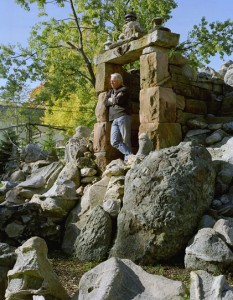
| James R. Bowsher |
Warning!
Because this web page contains many images of relatively large size, if may not load completely in some browsers. If you do not see all of the images, empty your cache and reload. In some browers, the cache commands are "Tools | Clear Private Data." The commands may be slightly different in your browser.

|



| James R. Bowsher |
Right click any image to enlarge.
James R. Bowsher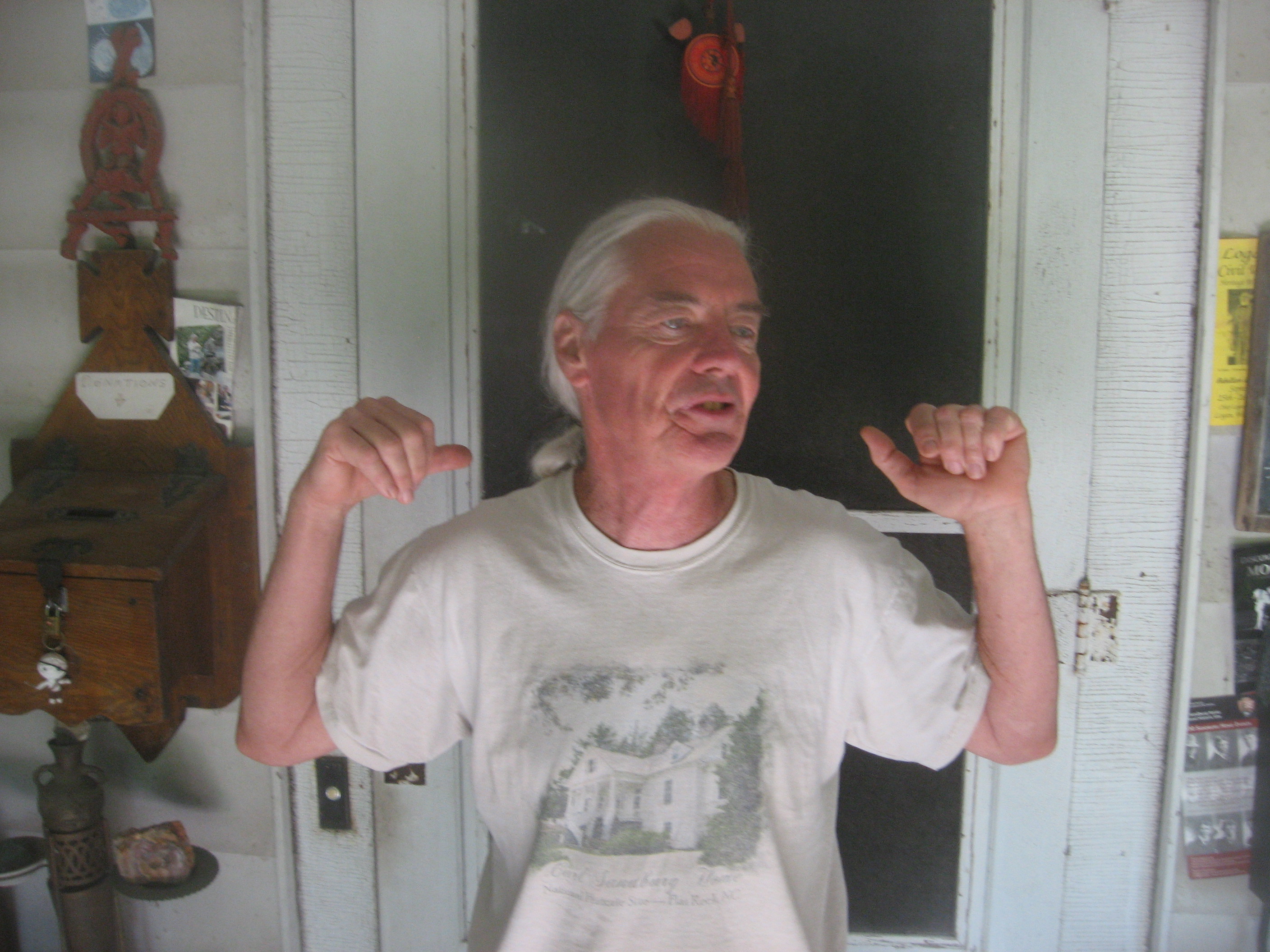
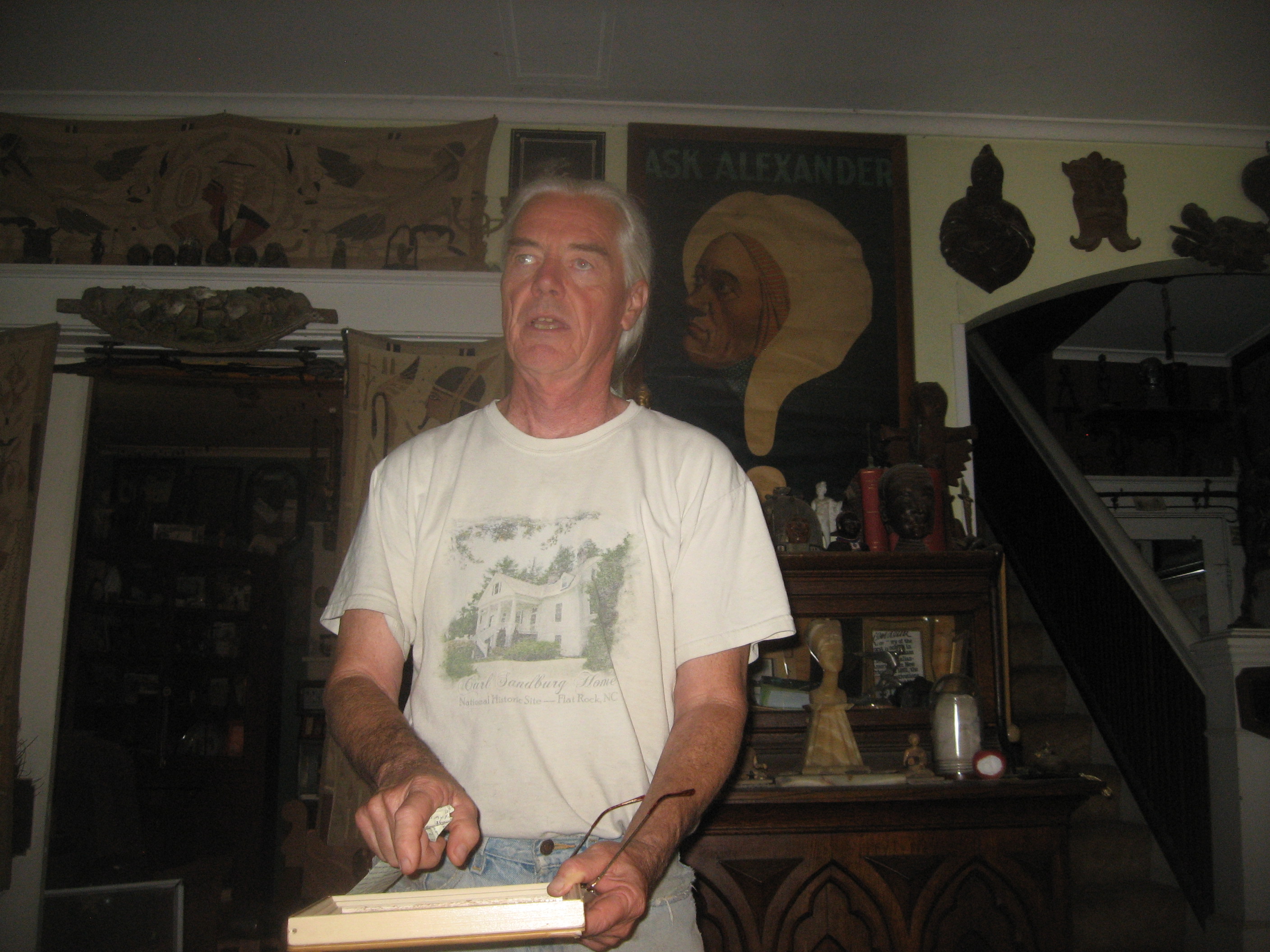
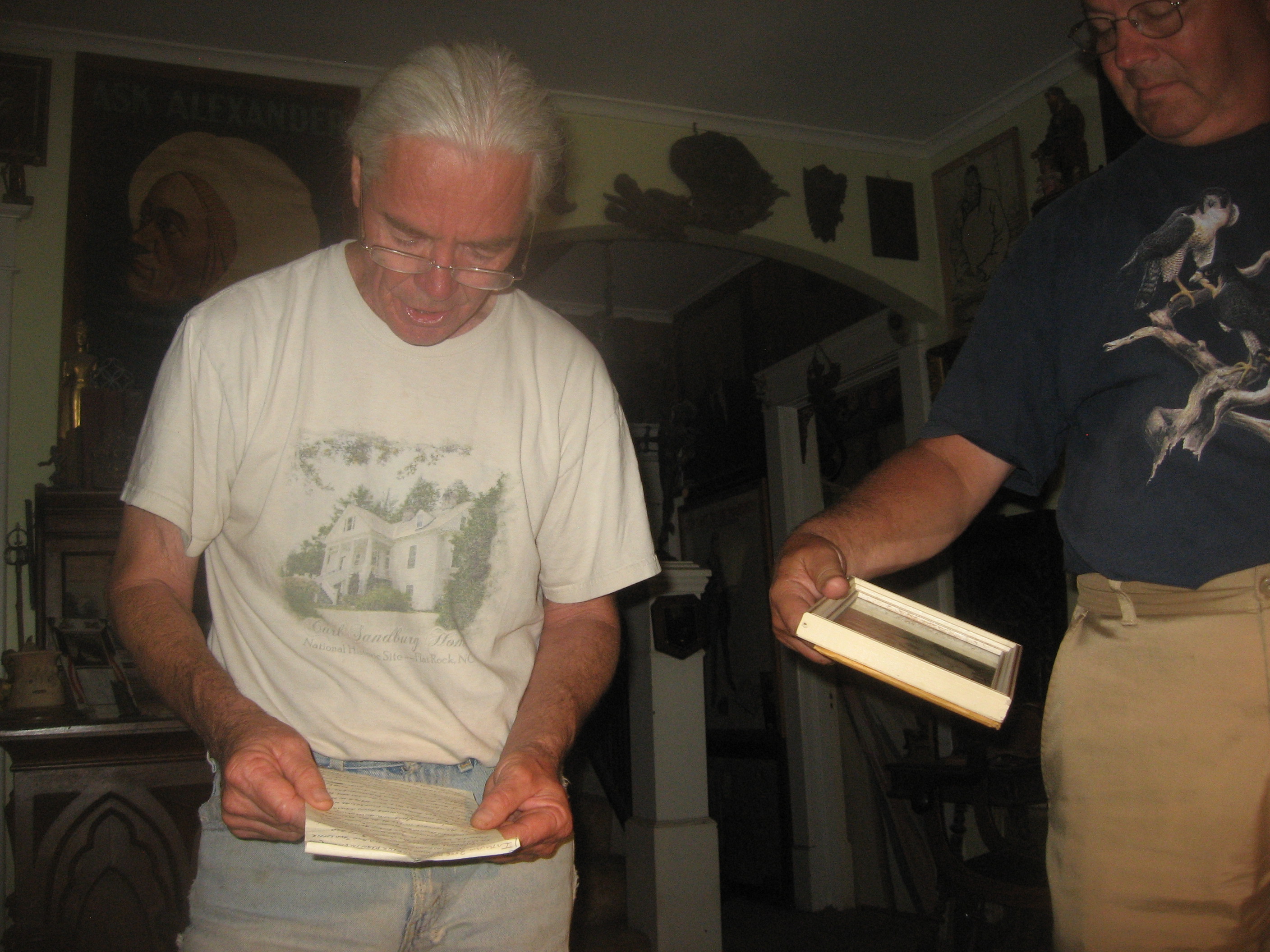
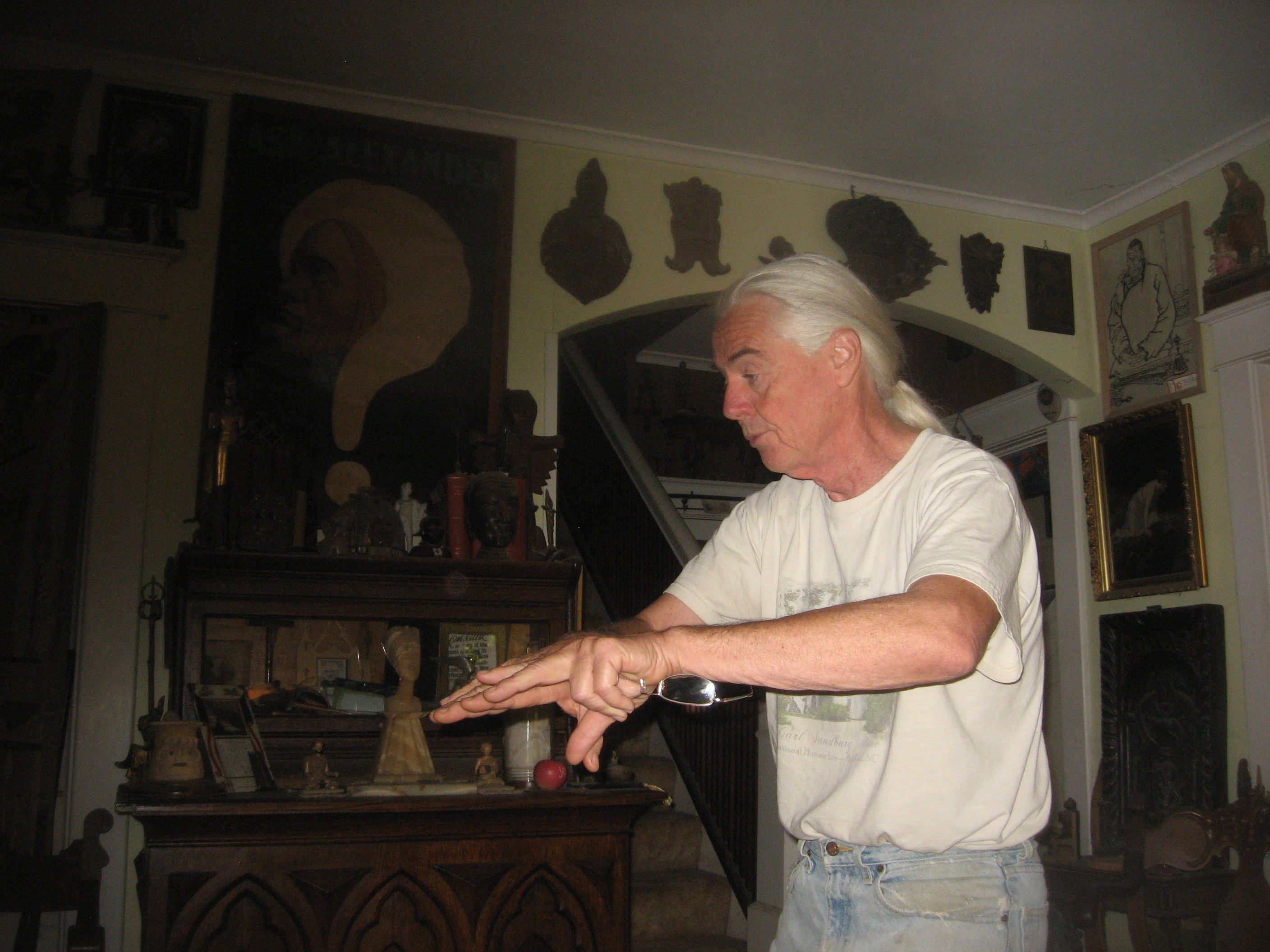
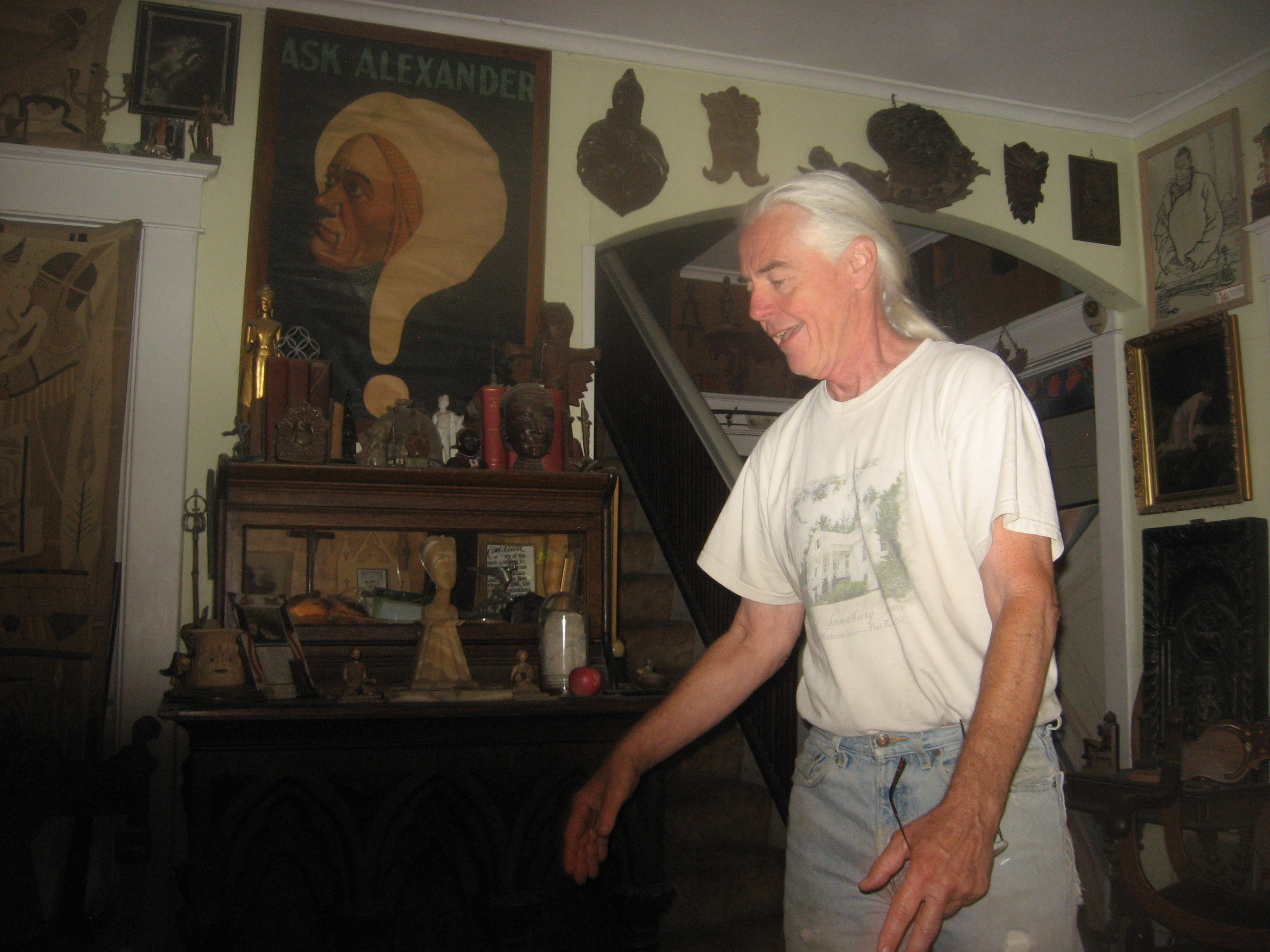
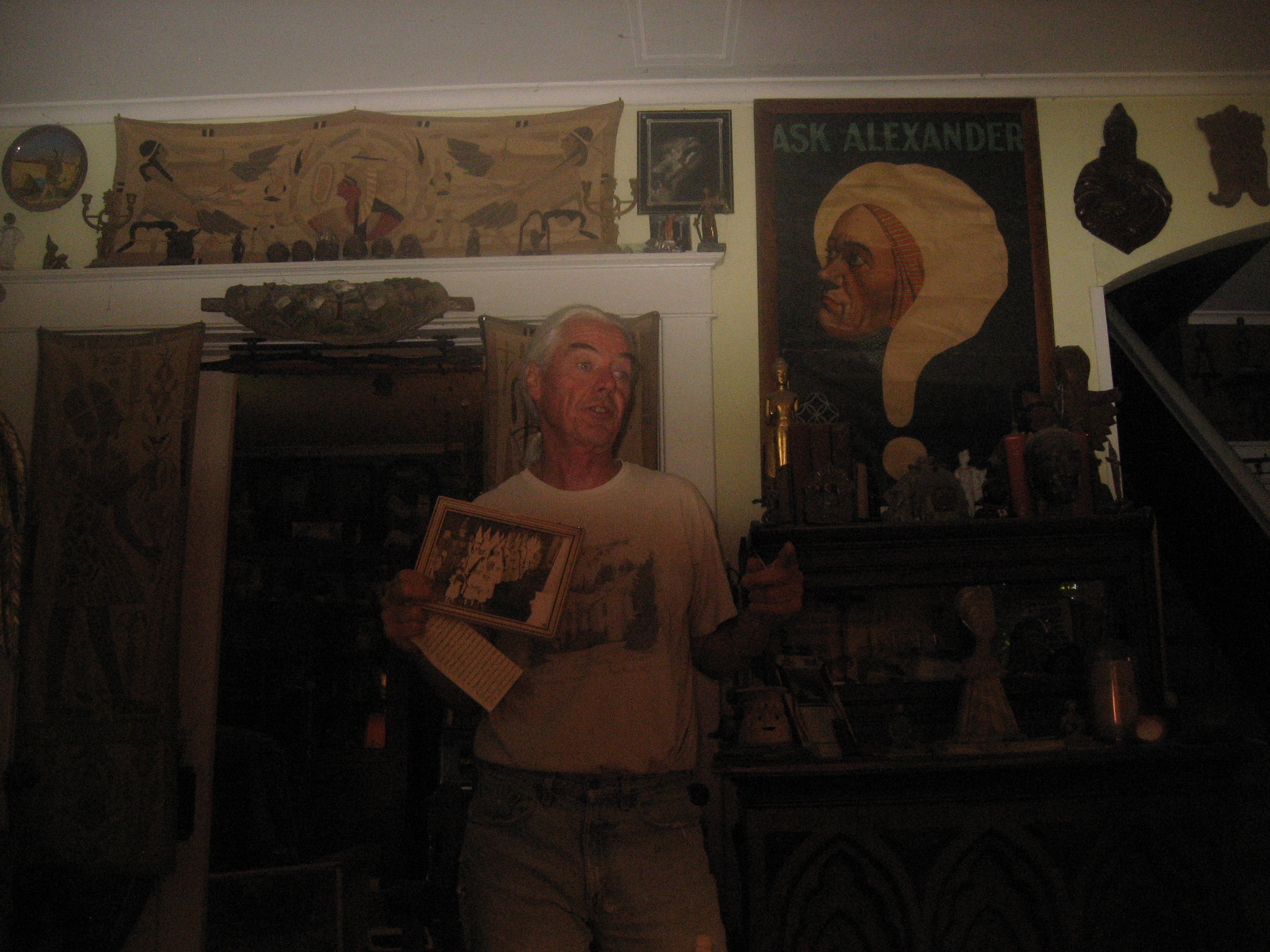 |
Wapakoneta, Ohio (USA)



 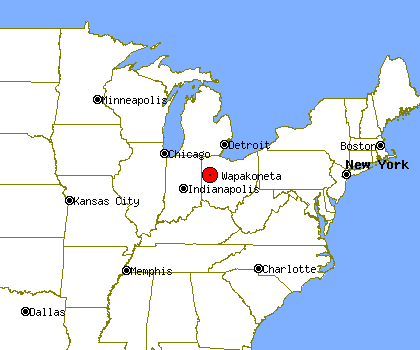 Images show a highway leading to Wapakoneta, a downtown street, the Catholic church, two schools & the Niel Armstrong Air & Space Museum. |
Jim's House at 203 South Wood Street
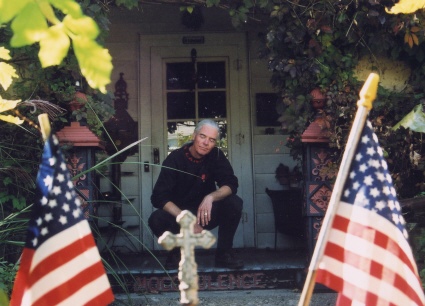
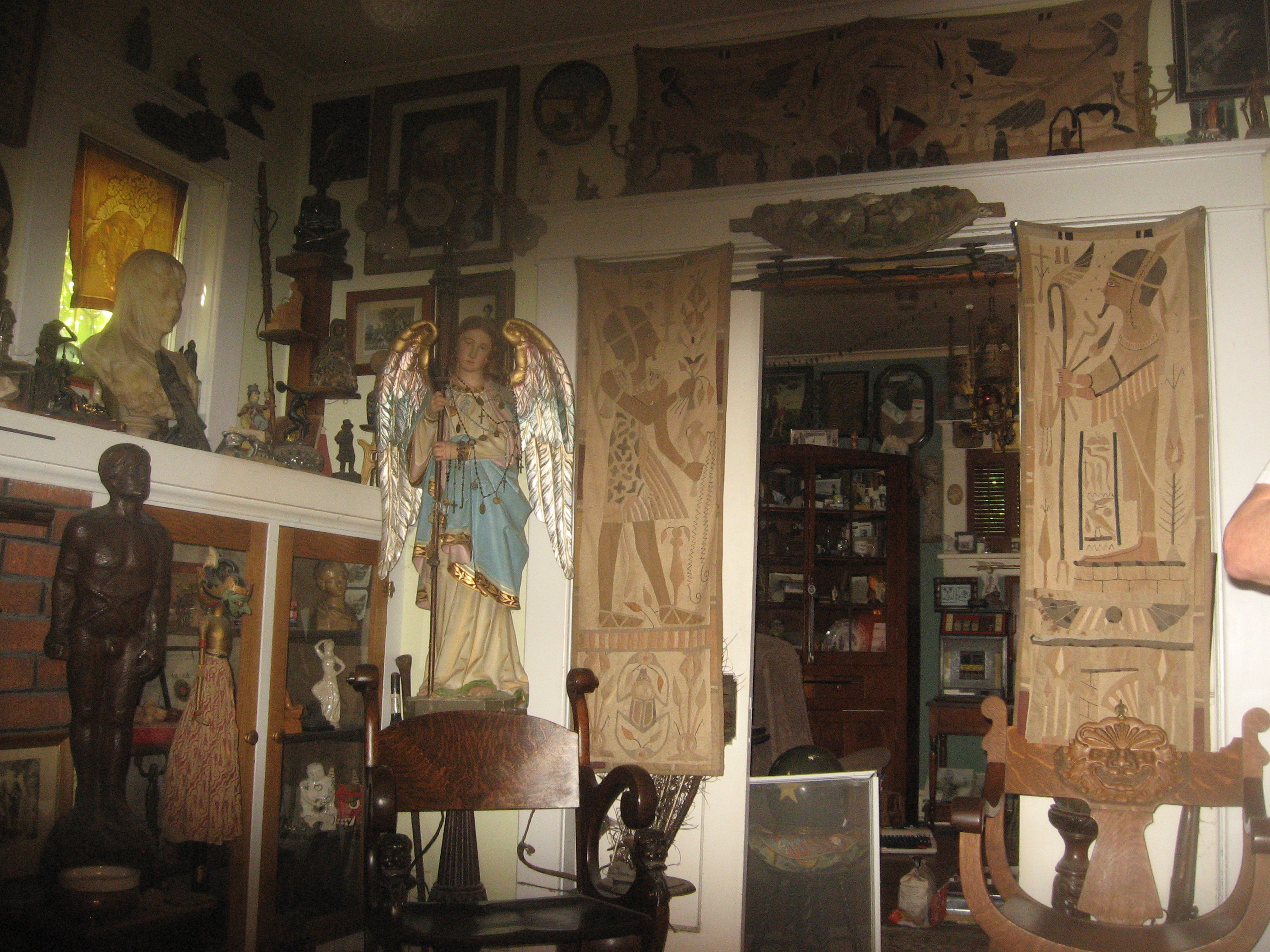
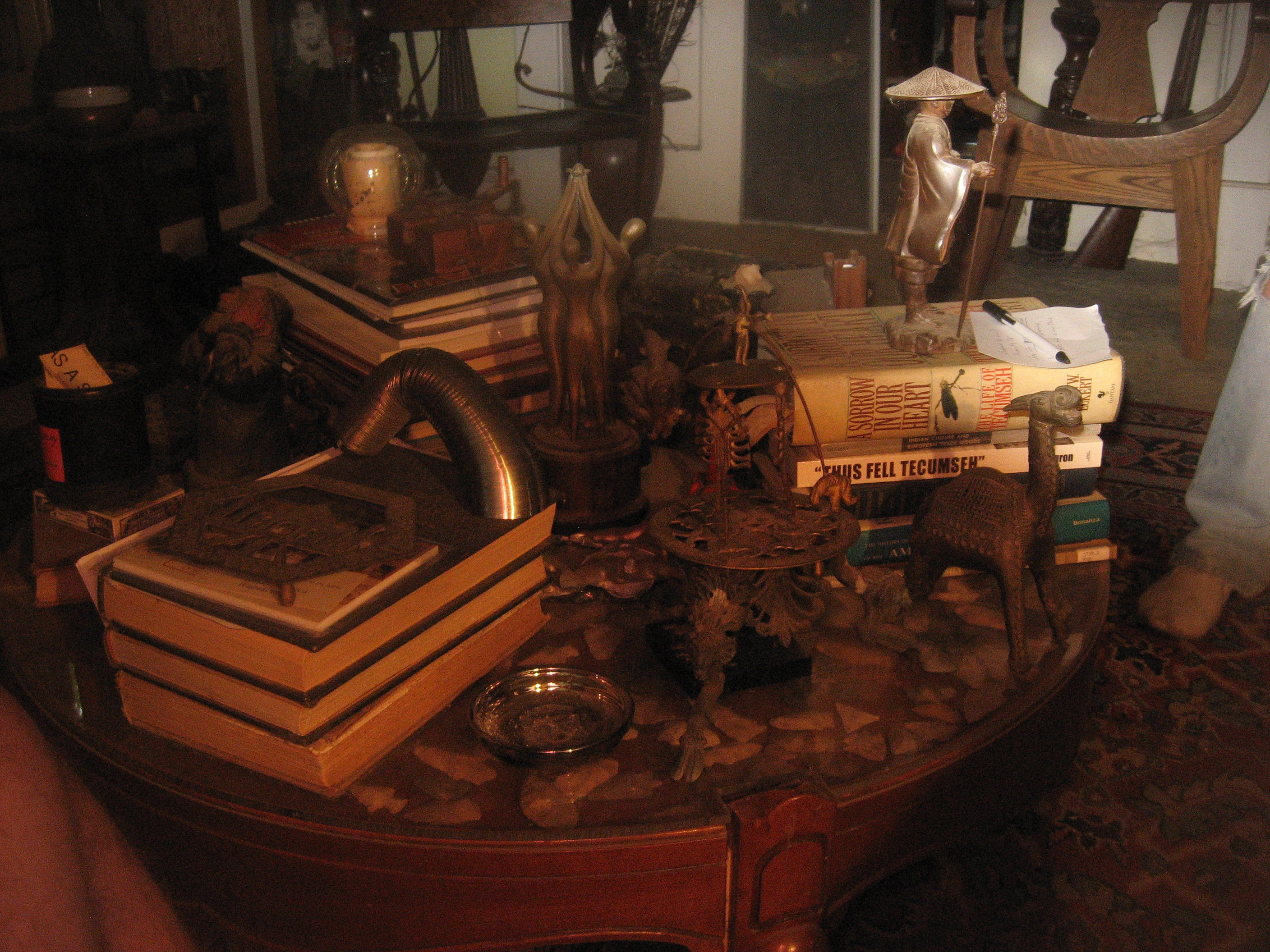
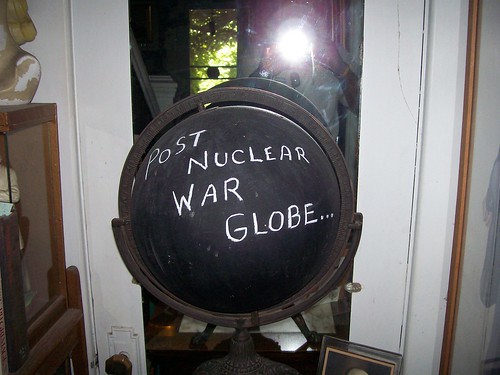
 
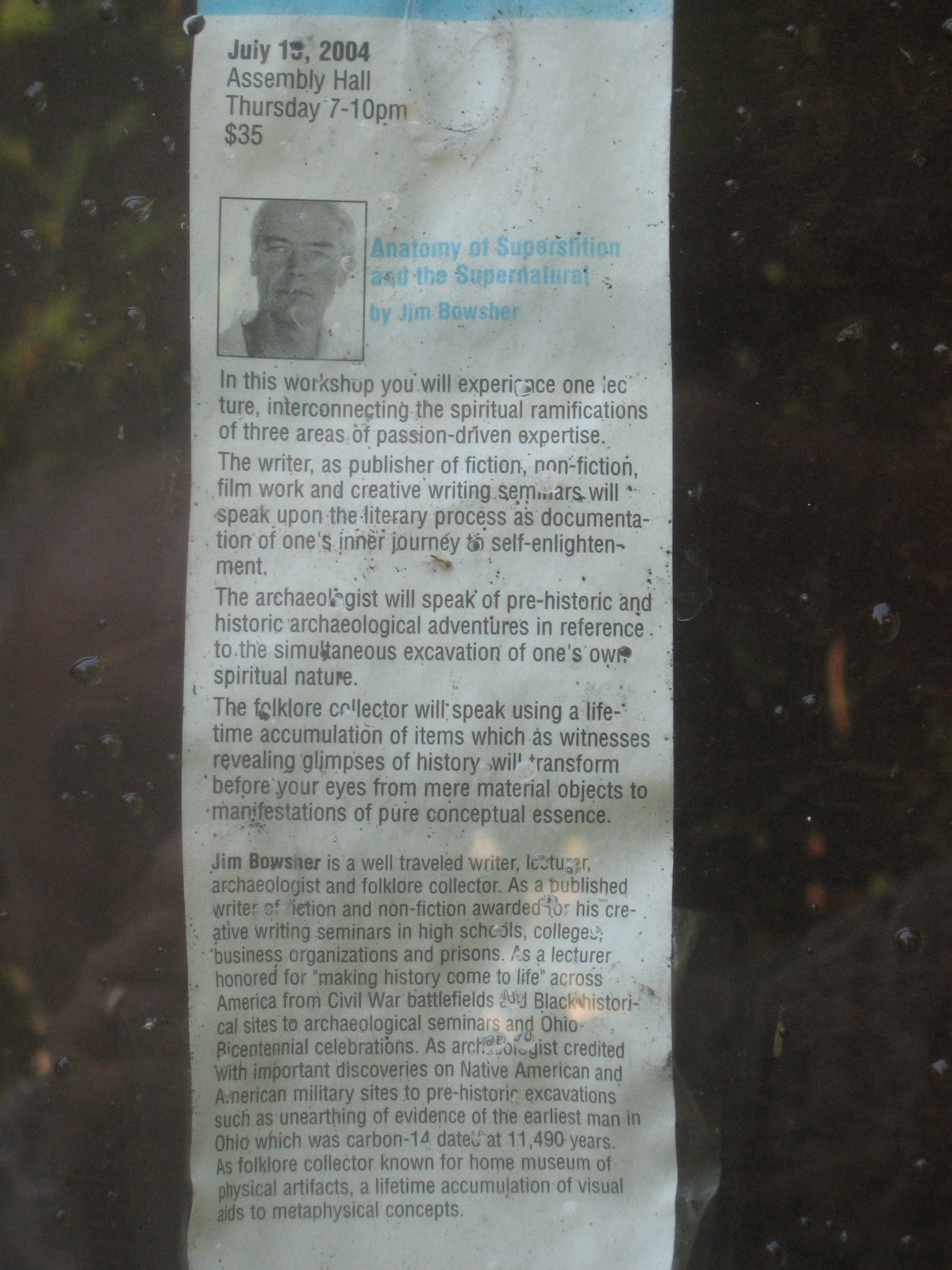
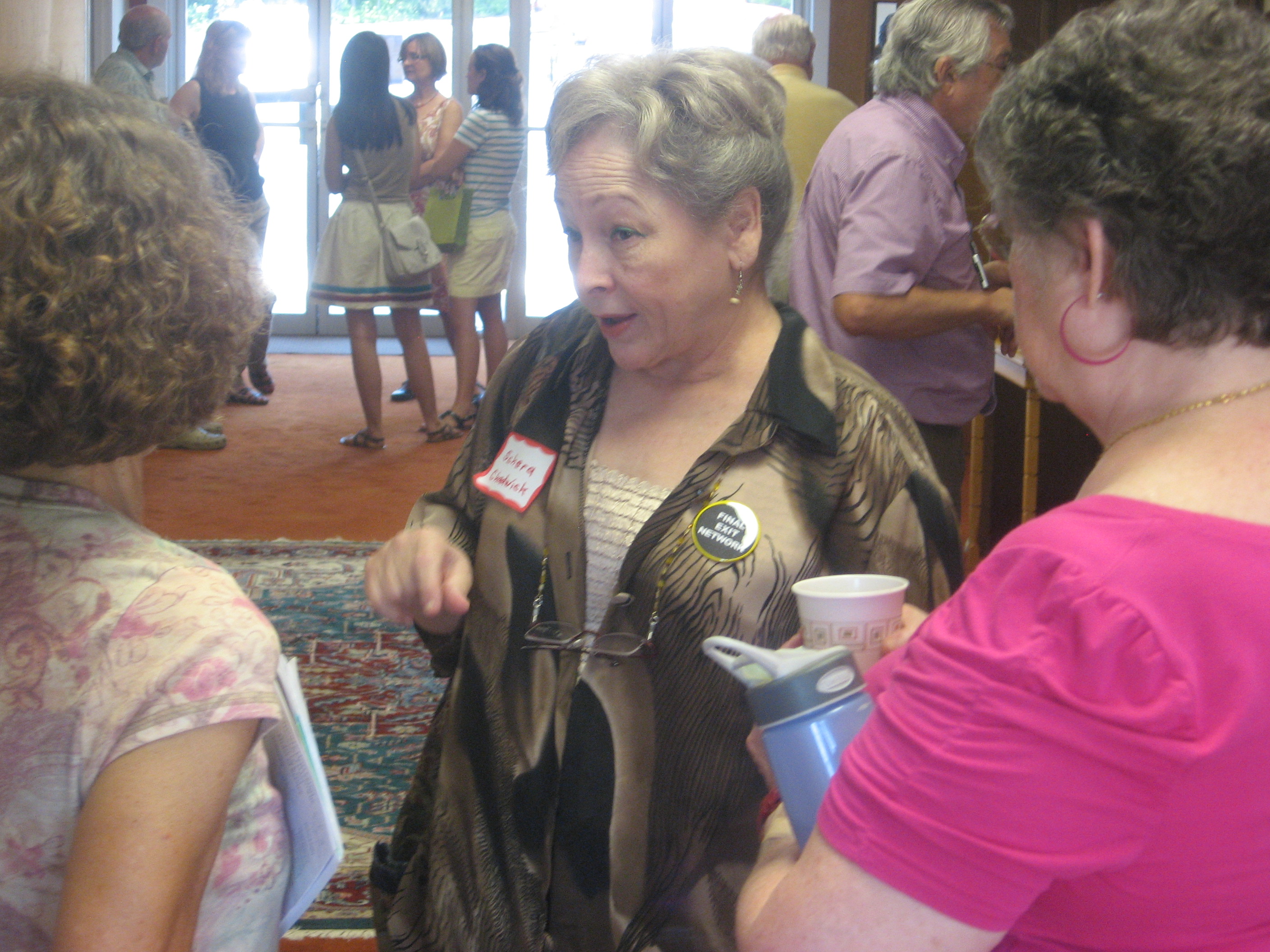
The last three images were made before I knew I'd be welcome inside Jim's home. His two-car garage has long since become a cluttered office. The two documents are Scotch taped to garage windows so that visitors to the Temple of Tolerance may read them. |
Temple of Tolerance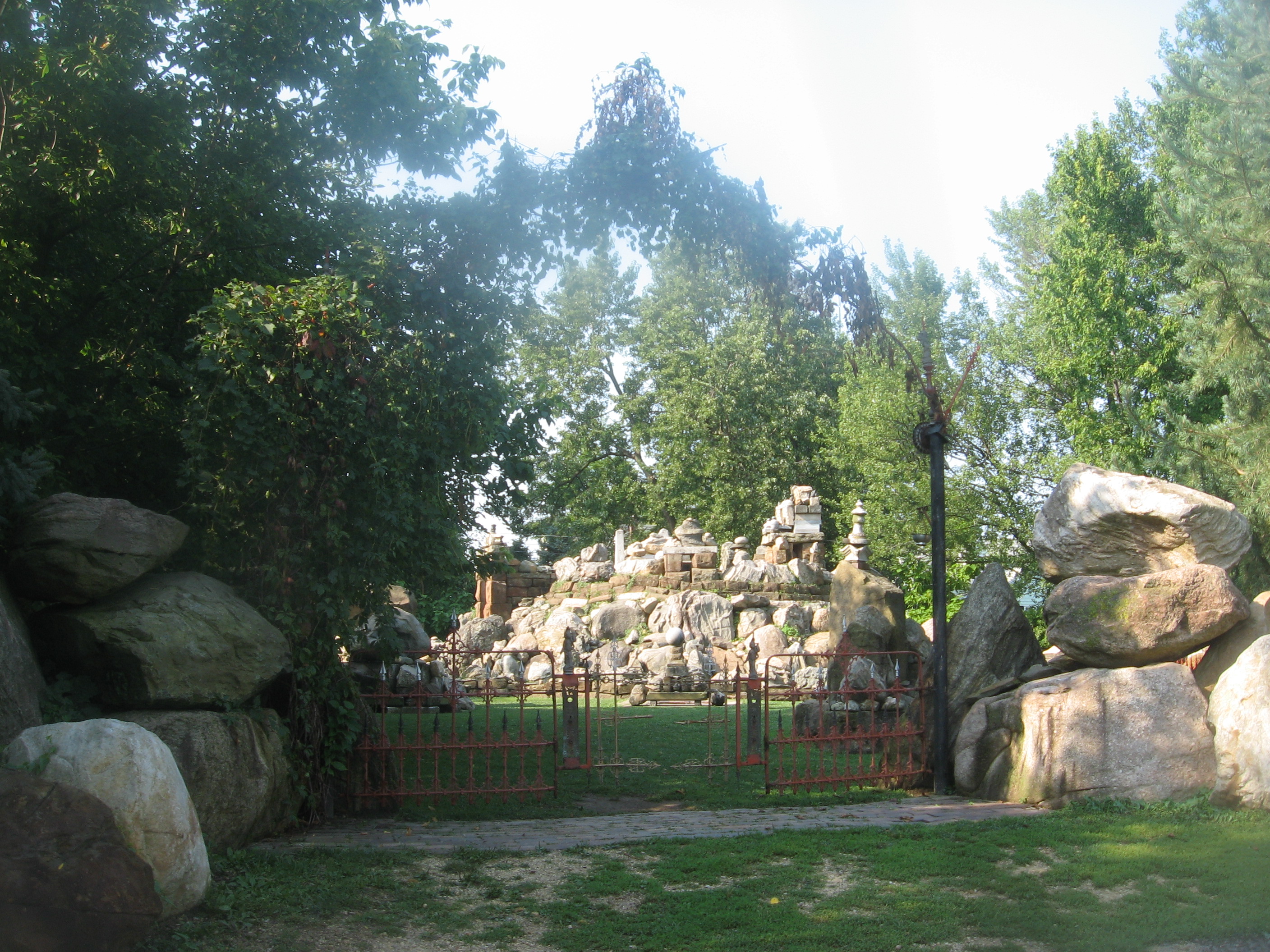
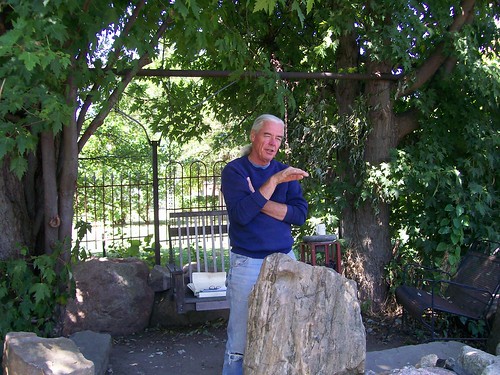

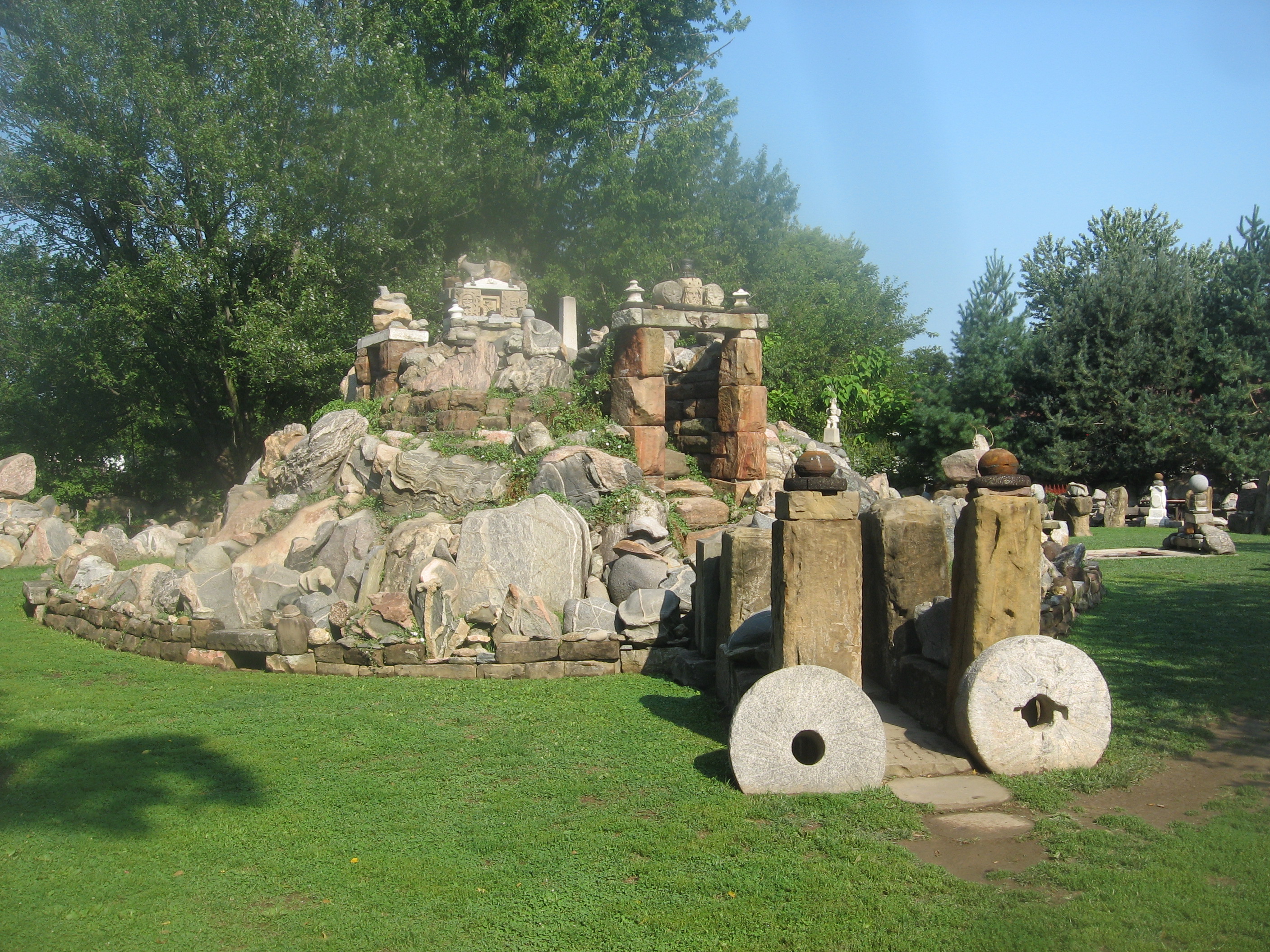
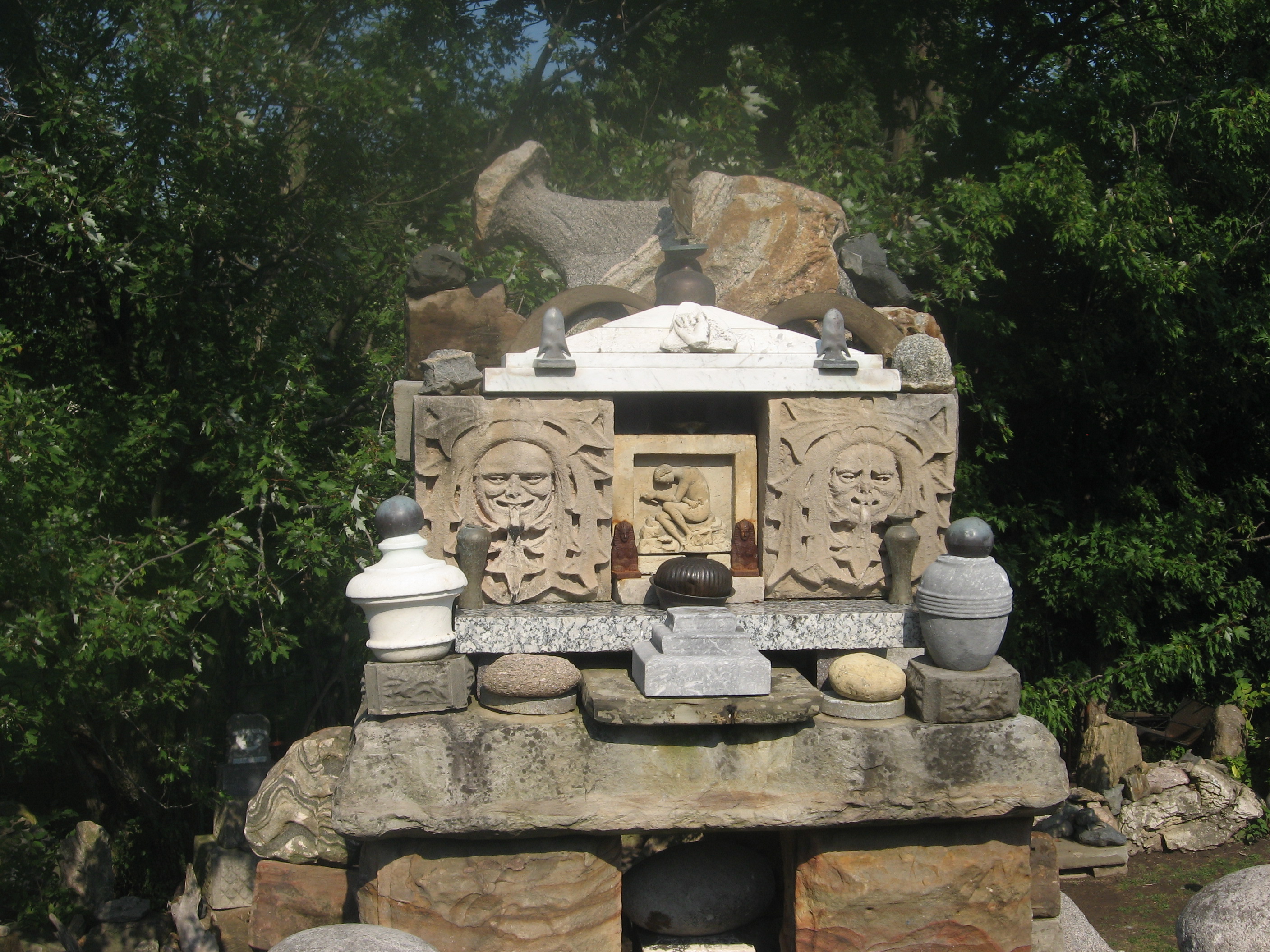
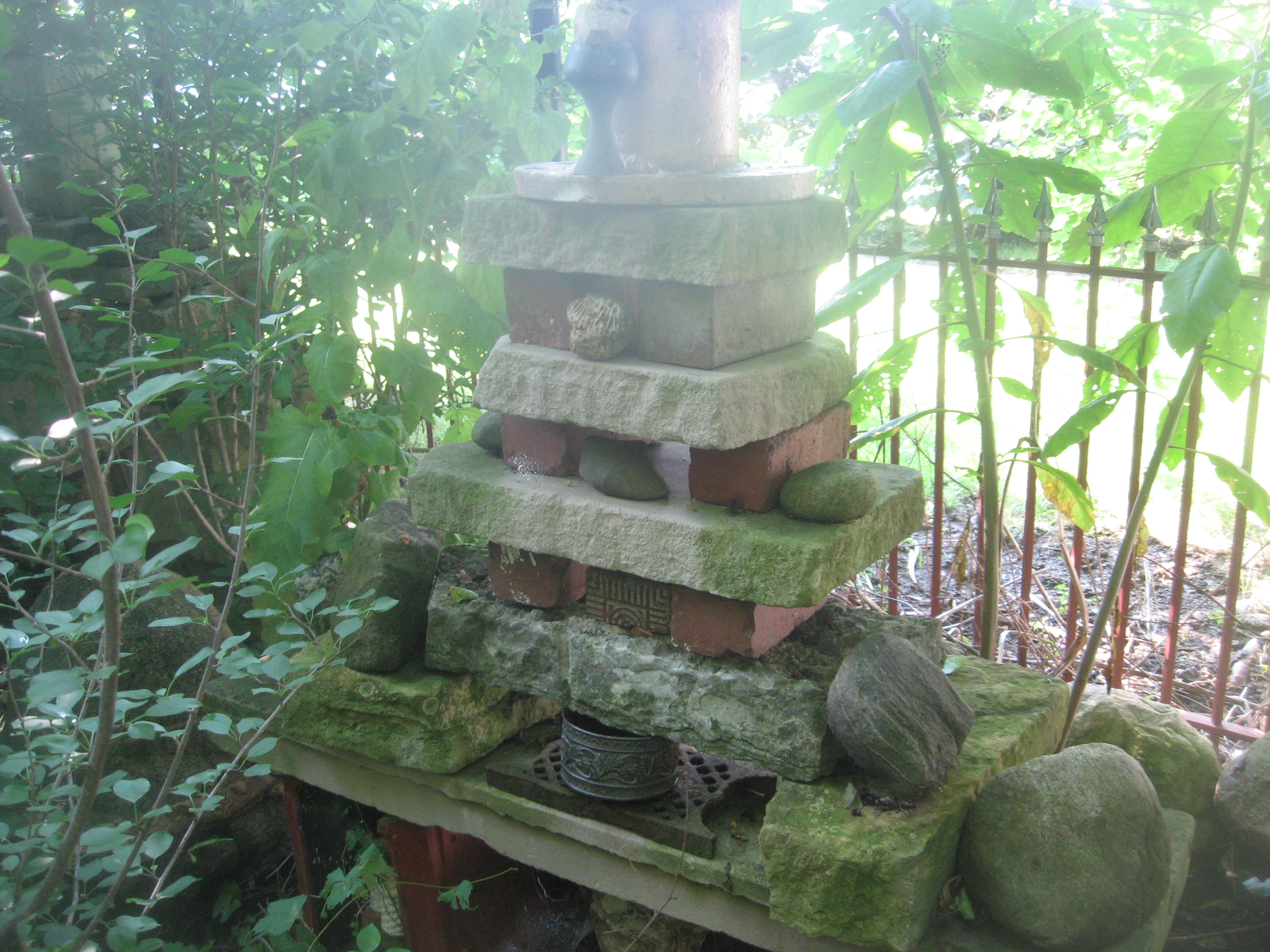
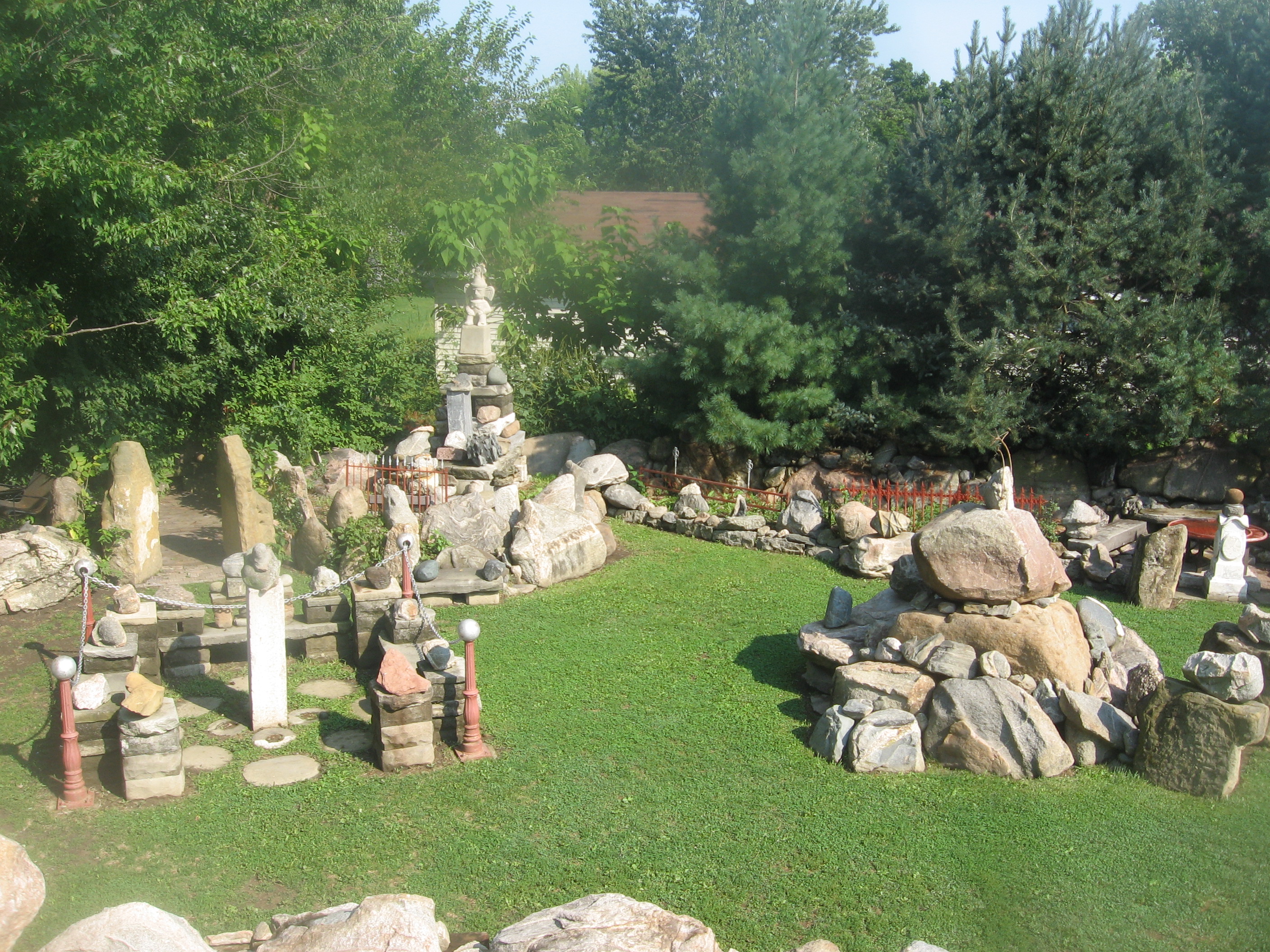
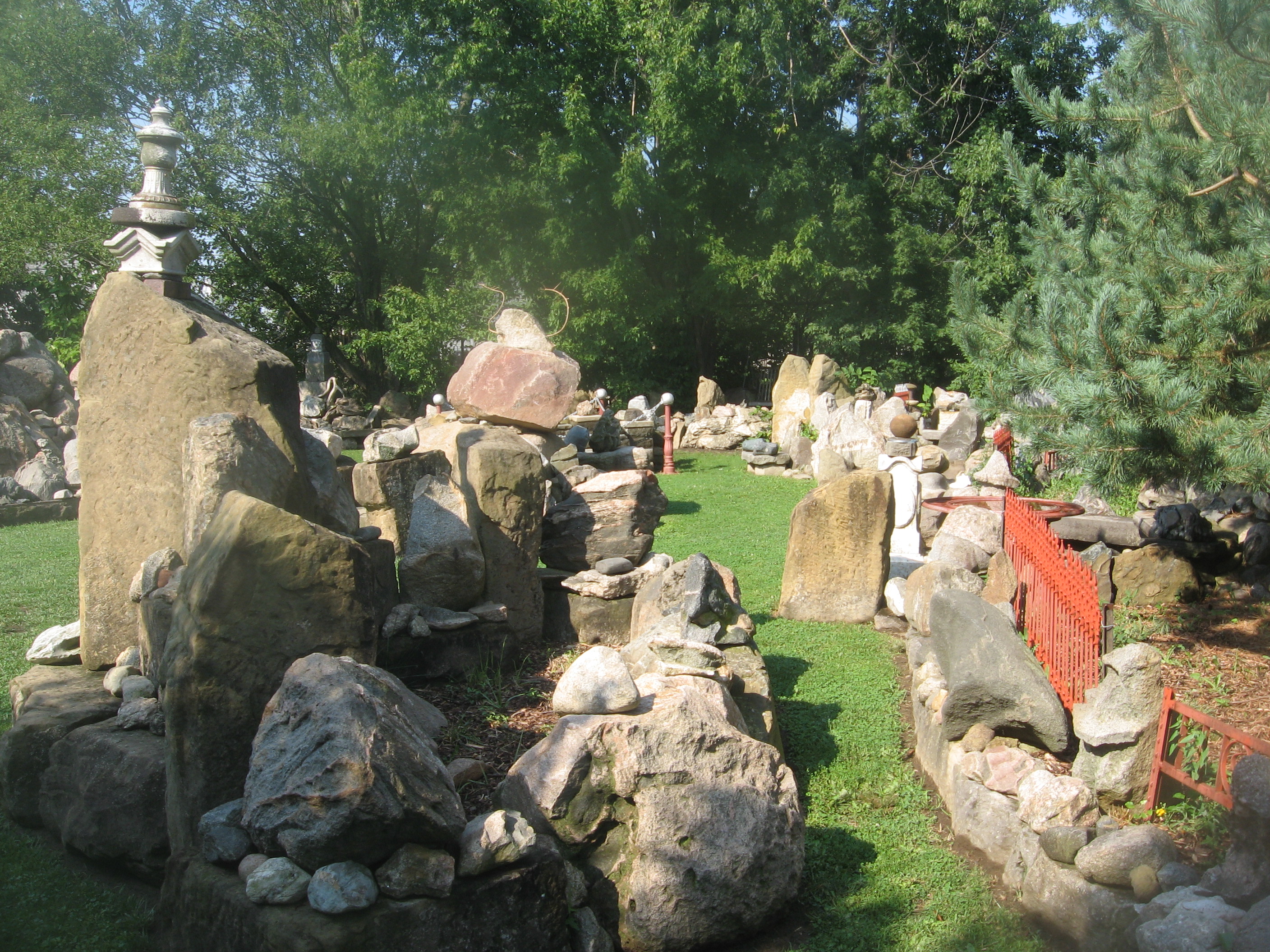

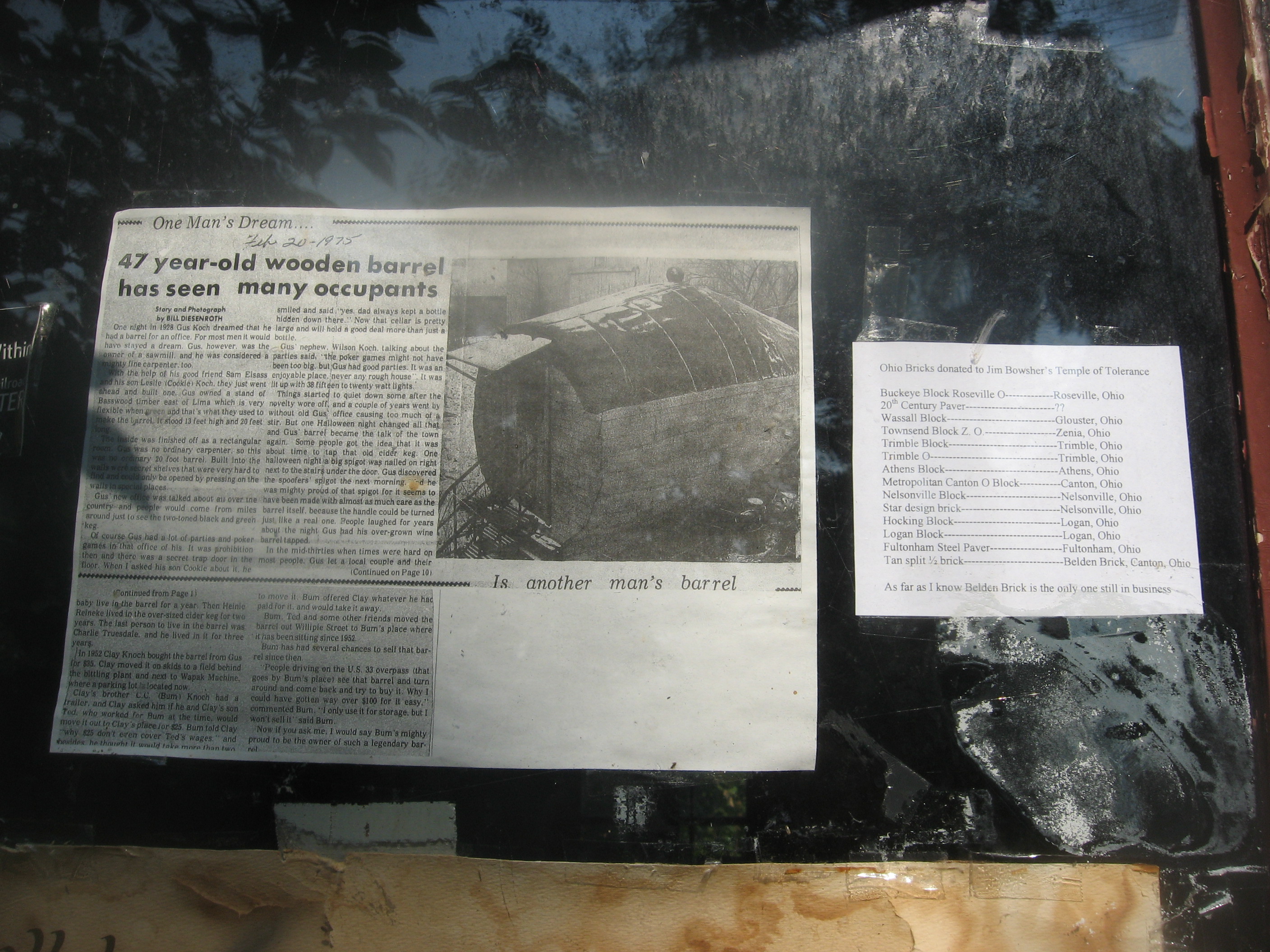
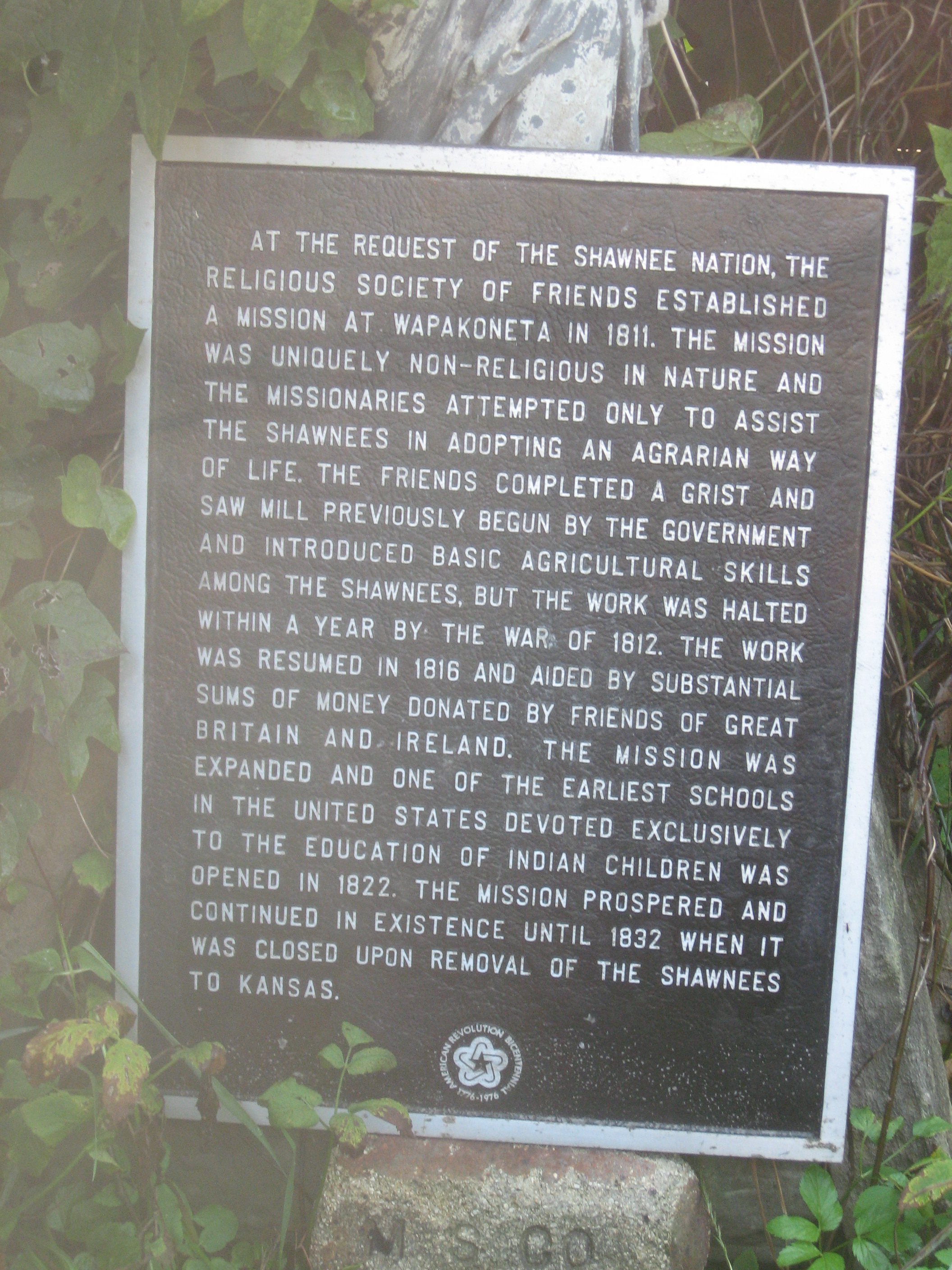
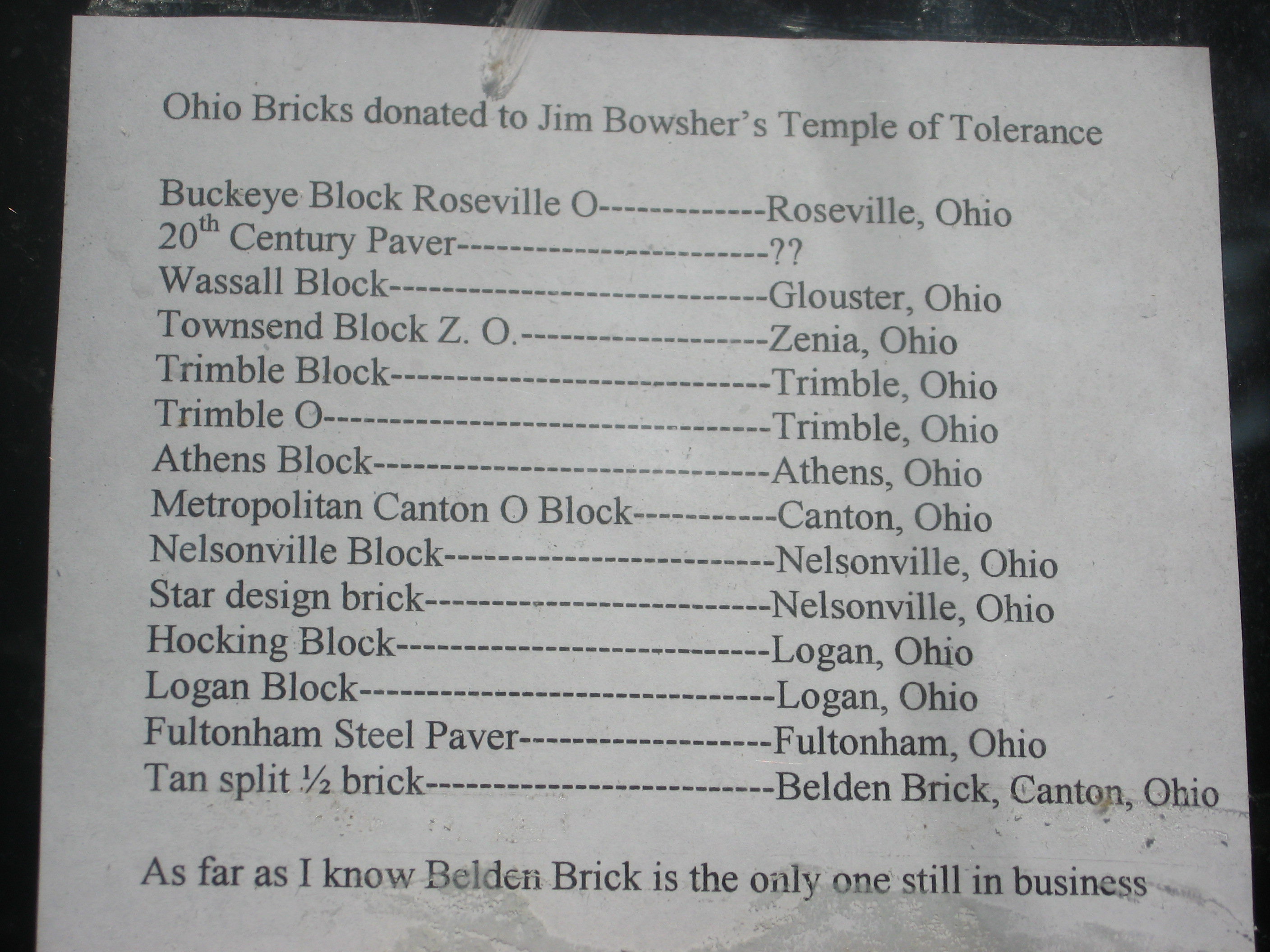
First image shows gate from the back alley (only entrance except through Jim's house). Images 3-5 are the Temple of Tolerance. |
Five YouTube VideosClick here for a slide show of "porage night" at the Temple of Tolerance (set to music of John Lennon). Click here for 11 minutes at the temple on a sunny day. Click here for 5 minutes of the temple in the snow. Don't miss clicking to see and hear Bowsher explain why he believes in innate goodness. And click here for his "story of rivets" from World War II in Germany.Use Google to find other videos. 




|

| A R D E N |
Please email your comments & questions to geovisual @ comcast.net. Thank you.